Floral Treasures of Shimla Hills, India: Conservation and Discovery
Contents: Preface. 1. Introduction. 2. History, culture and enumeration of data. 3. Heritage sites of Shimla hills. 4. Ethnobotanical information of plants at heritage sites of Shimla. 5. Epilogue. 6. Bibliography. Appendices.
The book is the first-ever comprehensive collection of its kind that describes the valuable plants found at the Heritage Sites of Shimla Hills, Himachal Pradesh. These notable heritage sites are small conservancy areas and enriched with the number of introduced plants of the colonial era reflecting ethnic, floral, genetic, and cultural diversity. The available plant diversity at heritage sites (courtyards of colonial buildings, socio-cultural spaces, cemeteries) comprises ‘212 species belonging to 129 genera under 70 families. The overall diversity can be grouped into 72 ethnobotanical important wild species, 119 cultivated ones, and 21 growing as wild and under cultivation.
This compendium also incorporates multifaceted information on updated nomenclature; vernaculars, English, Hindi, and Sanskrit names; distribution; description; flowering and fruiting; propagation notes, part/s used; folk uses and uses in literature to serve as a valuable ready-reckoner to different entrepreneurs like plant scientists, conservationists, pharmacists, medical practitioners, natural therapeutics, biotechnologists, plant geneticists, technocrats, extension workers, researchers of ethnobotany and economic botany, NGOs, and policy planners.
Moreover, this compilation covers the heritage buildings, cemeteries, socio-cultural spaces, and plants of the heritage sites of Shimla hills using photographic plates. The detailed ethnobotanical information is described using tables, figures, and appendices that enhance the uniqueness of the treatise significantly.
Get it now and save 10%
BECOME A MEMBER

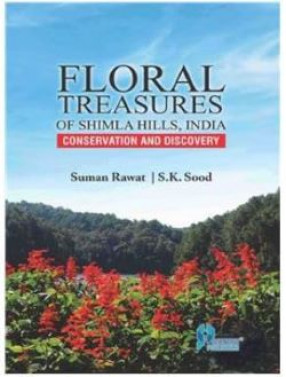
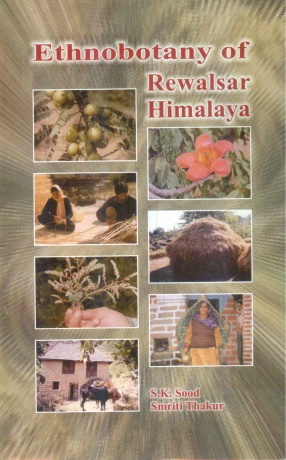
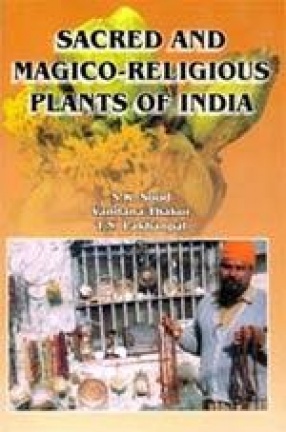
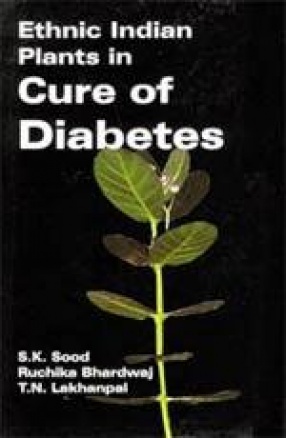
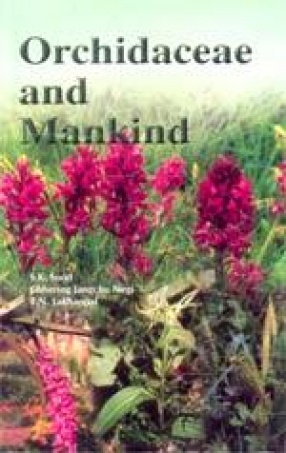





Bibliographic information
S K Sood